History Along the Great American Rail-Trail: A Kick-Off With the Creators
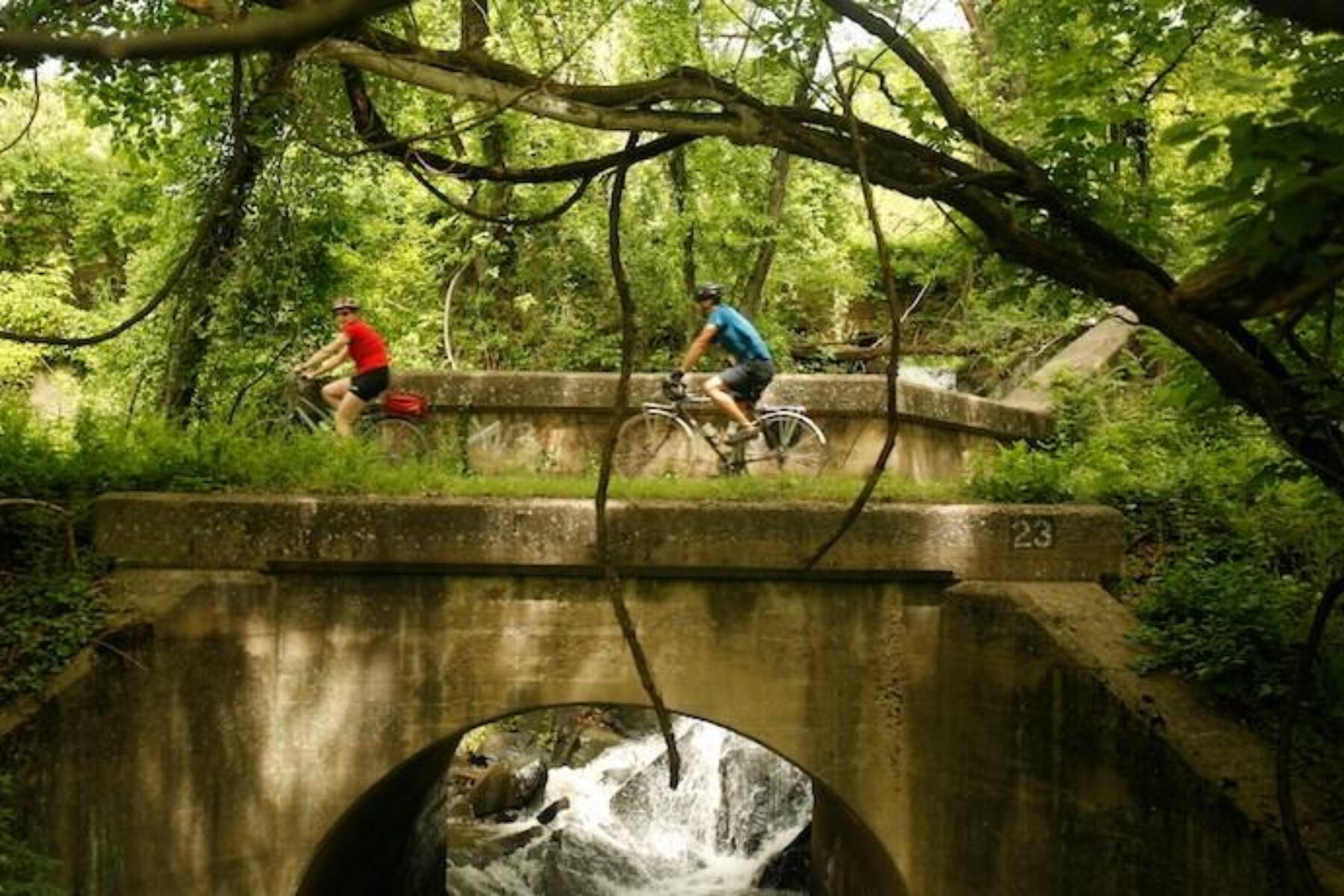
In 2019, TrailLink.com™, Rails-to-Trails Conservancy’s (RTC’s) national trail-finder website, embarked on an ambitious historical exploration of the developing Great American Rail-Trail™, with a goal to shine a light on the people, landmarks and innovations that encapsulate this iconic 3,700-mile route between Washington, D.C., and Washington State.
The project—which is supported by American Express and publicly launches this summer—comprises hundreds of stories and points of interest that focus on a range of narratives: from railroad history and the inventions that spurred human development, to the diverse individuals, agents of change, events and cultures that have shaped and defined the route, in some cases for millennia.
Rails to Trails chatted with lead historian Avigail S. Oren, Ph.D., project writer Nicole Friske, and Frederick Schaedtler, RTC’s chief technology officer, to learn more about the project vision and the voices that echo today along this storied corridor. Check out the interview that follows!
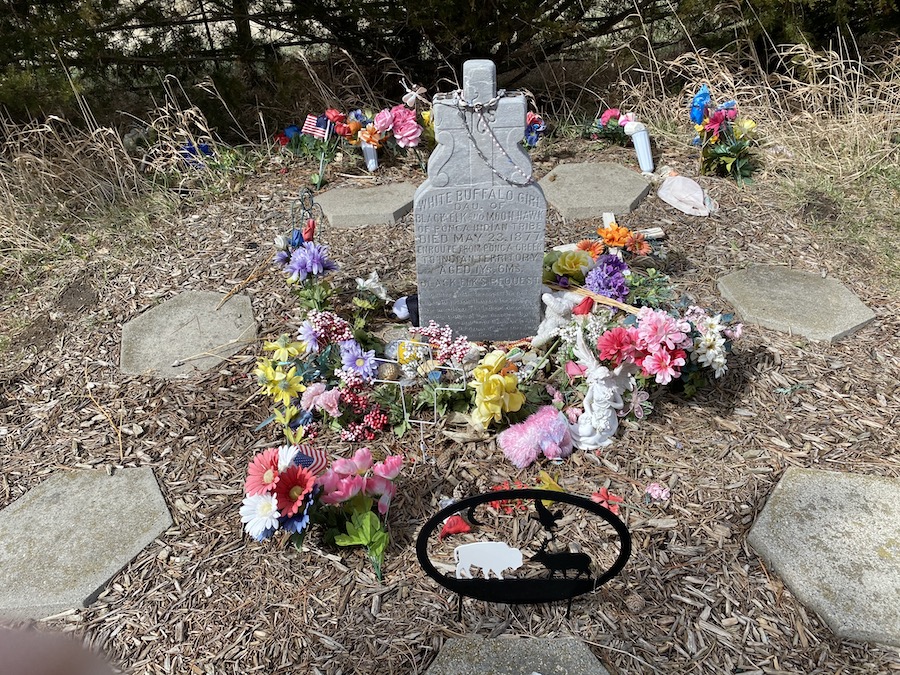
And don’t miss our special kick-off feature story for the project, “The Legacy of White Buffalo Girl, and the Resiliancy of a People,” posted on the TrailBlog.
What was the initial inspiration for this project?
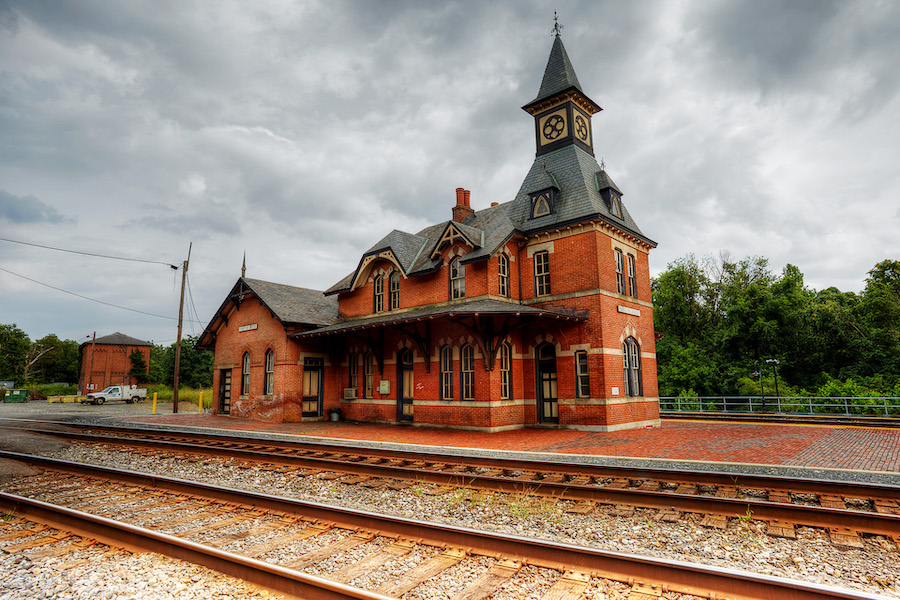
Schaedtler: The project is an evolution of RTC’s work with American Express and our aligned commitment to historic preservation. The rail-trail movement is inextricably connected to railroad history, but we’ve never had much of a chance to cover it in our work beyond the structures—the trestles and bridges and depots that are so popular with trail users. So we started with that idea—to dig deeper into the true history of the railroads—and then the project really evolved from there.
It’s a well-known fact that people love trails because they provide a sense of community—connect us to nature and each other. But what we’ve seen in many surveys from TrailLink users is that they are also passionate about history. And the opportunity to experience history first-hand across the Great American route—that’s a powerful thing that really strikes a bell with people.
How did the project evolve?
Schaedtler: We started with the idea to shape narrative around the buildings and museums and train stations—those glorious, well-known historical structures. But early in the project, under Avigail’s leadership, we saw a real opportunity to focus not just on buildings, but on the underlying stories—the people, cultures and events … the great lands and “Big Sky” of the West, the gold rush, labor movements, civil rights, Native American culture, Asian American immigration during Western development … stories and voices that shaped our past and continue to shape our future.
The result is a project that comprises a much richer body of work, I think.
As a historian, what inspired you to work
on the project?
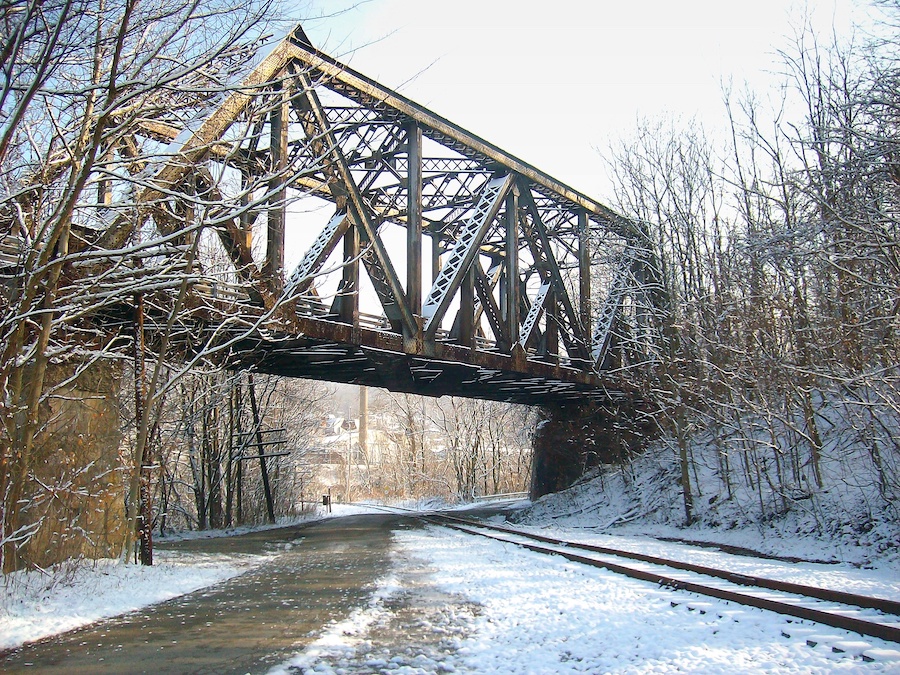
Oren: I had [previously] worked on a project about the history of the 150-mile Great Allegheny Passage (gaptrail.org) in Pennsylvania and Maryland—and it really struck me that, when moving through space along the trail, you are also moving through time. It’s like a palimpsest, in which writing is scraped off a papyrus or stone and written over, but you can still see these tiny residual pieces of the past.
The Great American Rail-Trail is built on former transportation routes used by people in some cases for thousands of years. There was so much potential to use place—along this very diverse route—as a way to make these stories visible … to make history accessible in a way that feels organic and innate to that space.
When you began your story curation, what were your goals?
Oren: My team and I wanted to focus on stories that weren’t obvious to the people living in or visiting a place—those that a historical society or tourism board hasn’t already covered extensively. We also tried to highlight as many diverse communities as we could, so as many people as possible could see themselves and the histories that represent their experiences reflected.
I also wanted to amplify where the history profession is right now, sharing a mix of some of the older established writings, as well as newer historical interpretations for people who may not have been in a classroom for many years.
What research methods were utilized?
Oren: In choosing the sites, we started with the National Register of Historic Places, and then branched off to ensure a diversity of topics and perspectives. The register’s nomination forms were rich and valuable resources, covering basic chronologies and other information not accessible elsewhere.
As we decided how to approach a story, we added more secondary research from scholars, and we relied heavily on the research of local historians as well. We also used a lot of journalism—some of it contemporary, but much of it historical—and a lot of genealogical resources and census records.
Interestingly, fire insurance maps were very helpful in triangulating the locations of structures that no longer exist. For example, when I was writing the story of Gem Kee, a Chinese merchant in Deer Lodge, Montana, the maps were extremely useful in determining exactly where his residence and businesses were once located.
Any surprises in your research?
Oren: I am consistently amazed at how people spend their leisure time [and how that’s impacted human progress]—from bottle rockets, to model airplanes and beyond. People are incredibly creative when they have the space and time to be at leisure.
Also, I had no idea how many train depot museums there were in the United States!
Friske: I was so surprised by the amount of niche experts in the field, and the sheer amount of local history buffs and locally run museums. It was really inspiring.
Do any stories stand out to you?
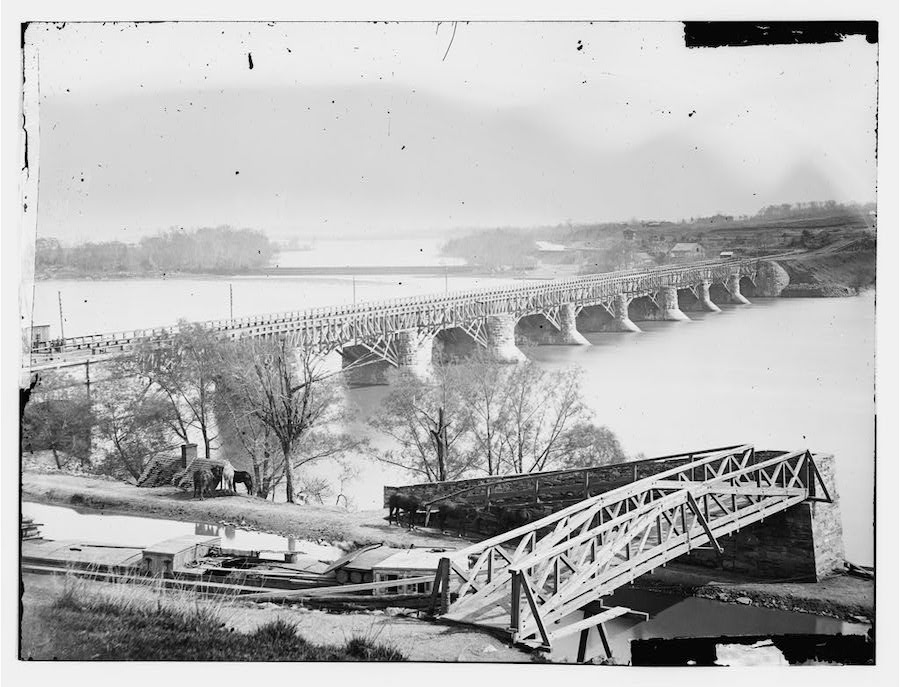
Oren: Our story of the Alexandria Aqueduct along the Capital Crescent Trail in D.C. stands out to me because of the irony at the heart of it. It was built to connect Alexandria in Virginia to the C&O Canal, but the canal was basically rendered moot in 1842 by the railroad. The technology developed to build the aqueduct, however, was then used to build railroad bridges across wide deep rivers throughout the West, so that the railroads could expand.
I find the story to be emblematic. It’s a story about transportation and infrastructure, but it’s also a story of the unintended consequences and tension that’s inherent in development. All history is contingent—there’s always something that changes the trajectory.
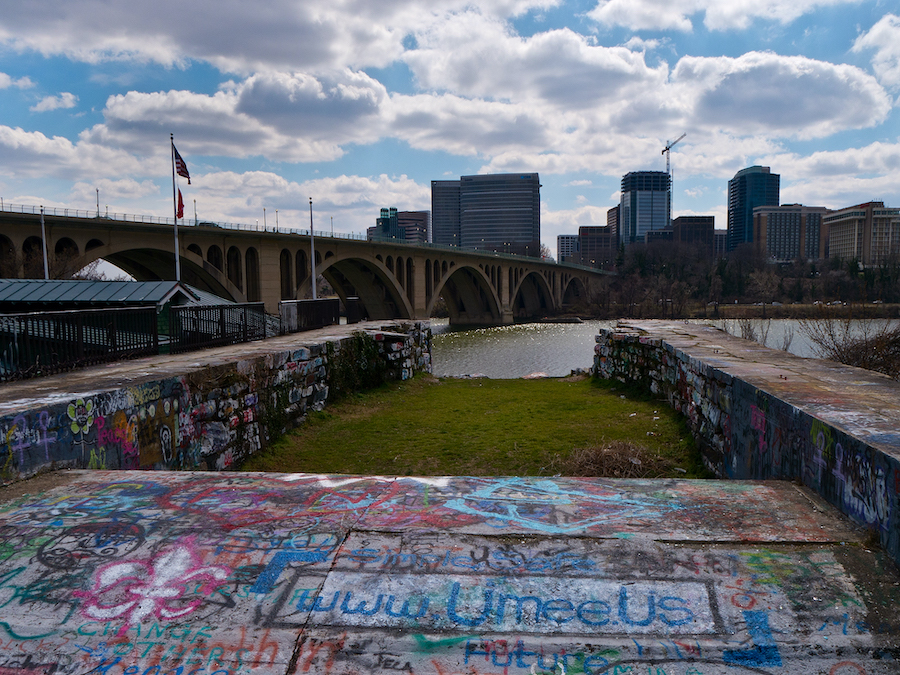
Friske: For me, the story of Christopher T. Gonzalez in Griffith, Indiana, along the Great American route, really resonates. He dedicated his life to protecting and educating LGBTQ youth during a time when there was a lot of uncertainty around HIV and AIDS. He and his group created the first national toll-free hotline for LGBTQ youth in the late 1980s, which is now used as a model in many other sectors. I’m part of the LGBTQ community, and I have a lot of respect for people in my community that paved the way for things we take for granted in 2021.
And then there’s the Museum of the Fur Trade in Chadron, Nebraska, which I found very intriguing after I researched it. They do such a great job of discussing the trading relationship between Native Americans and European settlers. They also maintain an heirloom garden from a 125-year-old seed stock that originates from the Indigenous peoples of the Missouri Valley.
It’s actual living history.
Any overriding themes stand out to you?
Friske: One common string I really started to notice was of resilience. When the communities chose to add a monument for a public hero or designate a historic building, they were almost always centered around that theme. You don’t see it in just specific sections but all across the route.
Oren: It’s this feeling of a spiral. The past is here with you, and the past will influence the future. Everything in the present is influenced by the past, and every present becomes the past. That’s a cycle that plays out over and over.
Launching this summer: Access the free TrailLink history portal—featuring a growing collection of 150+ stories and points of interest along the developing 3,700-mile route of the Great American Rail-Trail—at: TrailLink.com.
Acknowledgments: RTC extends its gratitude to the TrailLink history team: Avigail Oren, Nicole Friske, Sierra Dooley, Ally Neutze and Liz Goodwin.


Donate
Everyone deserves access to safe ways to walk, bike, and be active outdoors.



